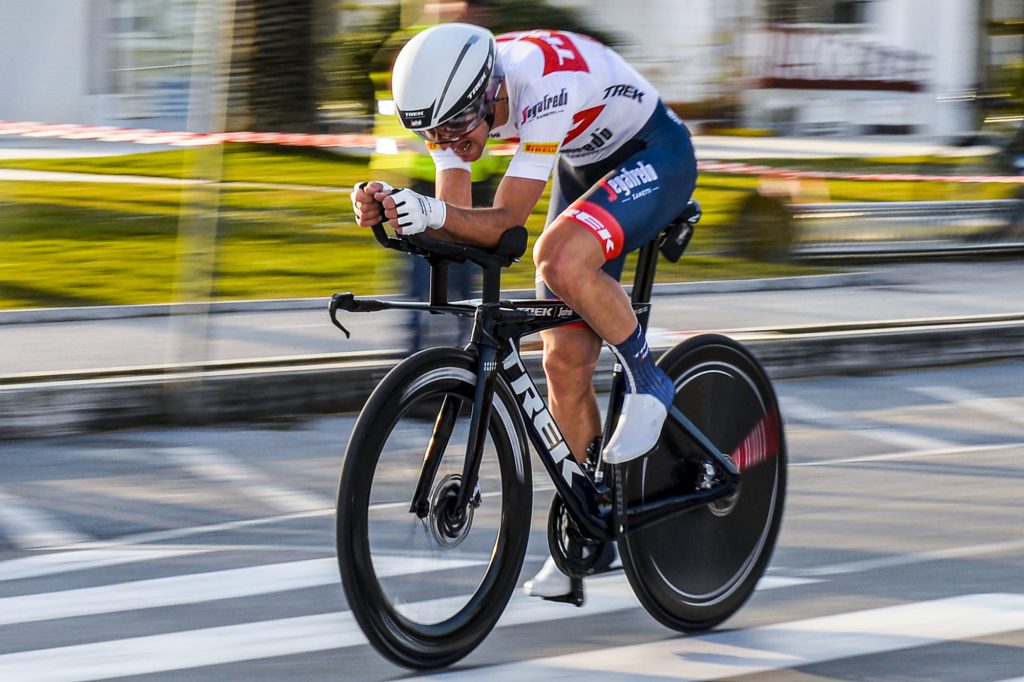Go “full throttle” from the first to the last kilometre! Any cyclist who has faced a time trial has received this advice from his/her trainer, sports director or training partner. Is this the right tactic to adopt?

In this episode of Cubetti di Sapere we hear from Matteo Azzolini, sports technician at the Centro Ricerche Mapei Sport, who works with professional and amateur athletes. «The distribution of effort is not easy to manage, and if you’re not careful you risk arriving at the end of the race with your legs a little “empty”, as they say in cycling jargon – explains the trainer, who provides his services, among others, to the Trek-Segafredo pros. – In order to avoid this risk and try to express themselves at their best, there are pacing strategies, which collect the power that the athlete is able to deliver and aspects related to aerodynamics. Combining this information in mathematical models allows us to predict the wattage the rider can maintain over the course and the time he or she can run through the various sections».
Perchè tutto fili liscio in gara è importante che i dati siano accurati e raccolti con il tipo di bici che andremo ad usare in gara. «La potenza varia dalla bici da strada e quella da crono e in base allo stato di forma nel corso della stagione; l’aerodinamica è il risultato dello studio dei materiali e delle posizioni testate dai professionisti in pista o nella galleria del vento – continua il preparatore. – Questi elementi sono utili anche quando si affrontano crono particolari, quando per esempio c’è una prima fase pianeggiante mentre l’arrivo è posto in salita, e dobbiamo decidere se cambiare bicicletta per il finale all’insù. Il pacing può essere sfruttato anche dall’atleta meno evoluto per gestire lo sforzo. Alla fine, comunque, spetterà a lui e al suo ds decidere che materiali usare e come gestirsi, e questa spesso è la scelta vincente».